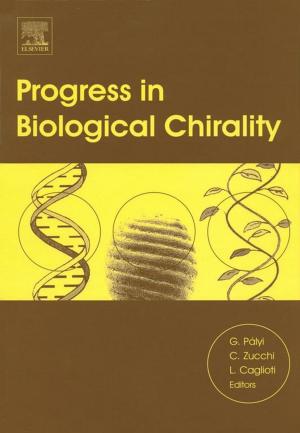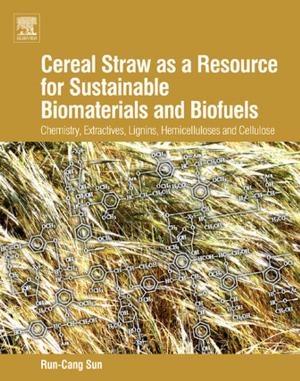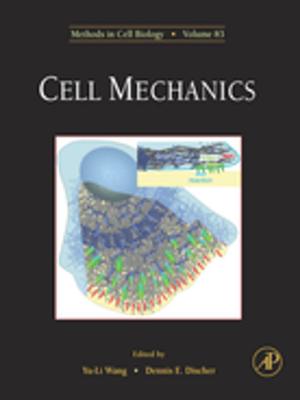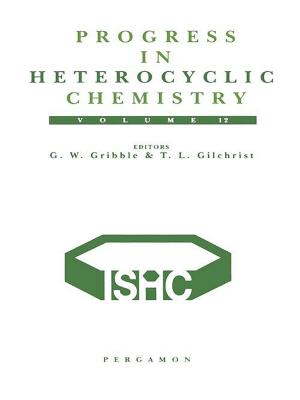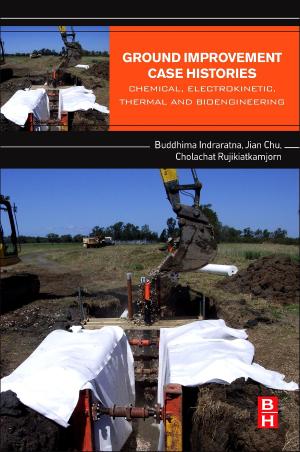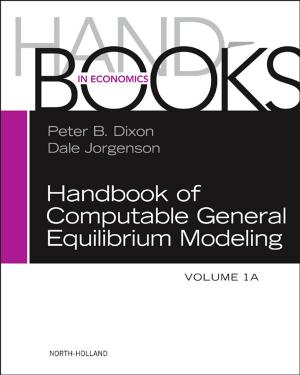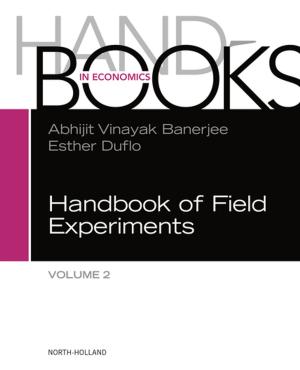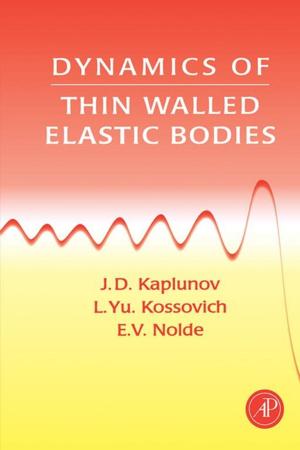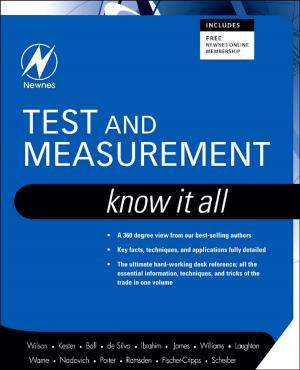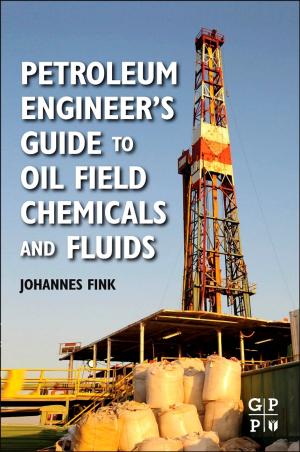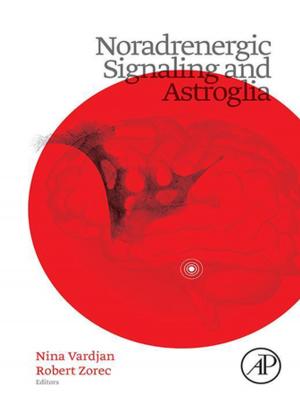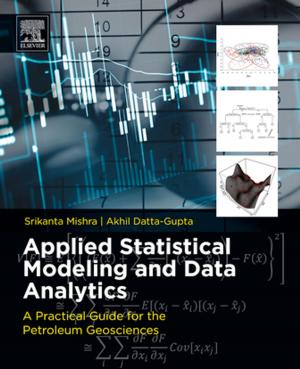Forage in Ruminant Nutrition
Nonfiction, Science & Nature, Technology, Agriculture & Animal Husbandry| Author: | Dennis Minson | ISBN: | 9780323147989 |
| Publisher: | Elsevier Science | Publication: | December 2, 2012 |
| Imprint: | Academic Press | Language: | English |
| Author: | Dennis Minson |
| ISBN: | 9780323147989 |
| Publisher: | Elsevier Science |
| Publication: | December 2, 2012 |
| Imprint: | Academic Press |
| Language: | English |
Forage in Ruminant Nutrition is the 12th text in a series of books about animal feeing and nutrition. The series is intended to keep readers updated on the developments occurring in these fields. As it is apparent that ruminant animals are important throughout the world because of the meat and milk they produce, knowledge about the feeds available to ruminants must also be considered for increased production and efficiency. This text provides information that readers will find considerably invaluable about forage feeds, such as grass, legumes, hay, and straw.
The book is composed of 16 chapters that feature the following concepts of ruminant forage feeding:
• composition of ruminant products and the nutrients required for maintenance and reproduction;
• energy and nutrient available in forage: calcium, phosphorus, magnesium, sodium, copper, iodine, zinc, manganese, selenium, and cobalt;
• intake of forage by housed ruminants;
• grazing;
• forage digestibility;
• protein in ruminant nutrition;
• protein and other nutrient deficiencies.
This volume will be an invaluable reference for students and professionals in agricultural chemistry and grassland and animal husbandry researches.
Forage in Ruminant Nutrition is the 12th text in a series of books about animal feeing and nutrition. The series is intended to keep readers updated on the developments occurring in these fields. As it is apparent that ruminant animals are important throughout the world because of the meat and milk they produce, knowledge about the feeds available to ruminants must also be considered for increased production and efficiency. This text provides information that readers will find considerably invaluable about forage feeds, such as grass, legumes, hay, and straw.
The book is composed of 16 chapters that feature the following concepts of ruminant forage feeding:
• composition of ruminant products and the nutrients required for maintenance and reproduction;
• energy and nutrient available in forage: calcium, phosphorus, magnesium, sodium, copper, iodine, zinc, manganese, selenium, and cobalt;
• intake of forage by housed ruminants;
• grazing;
• forage digestibility;
• protein in ruminant nutrition;
• protein and other nutrient deficiencies.
This volume will be an invaluable reference for students and professionals in agricultural chemistry and grassland and animal husbandry researches.

